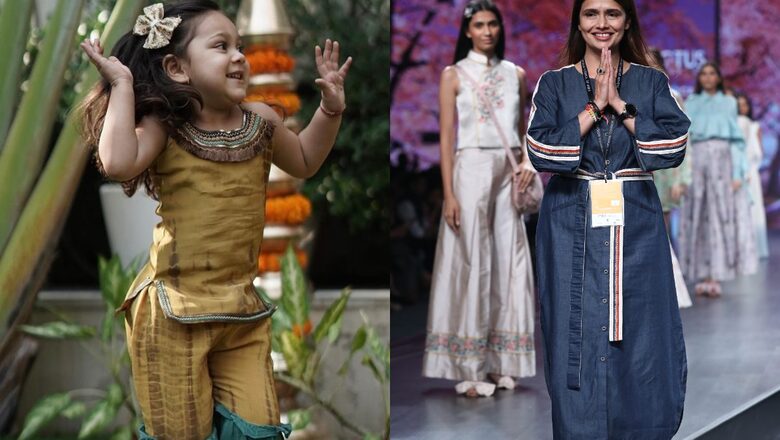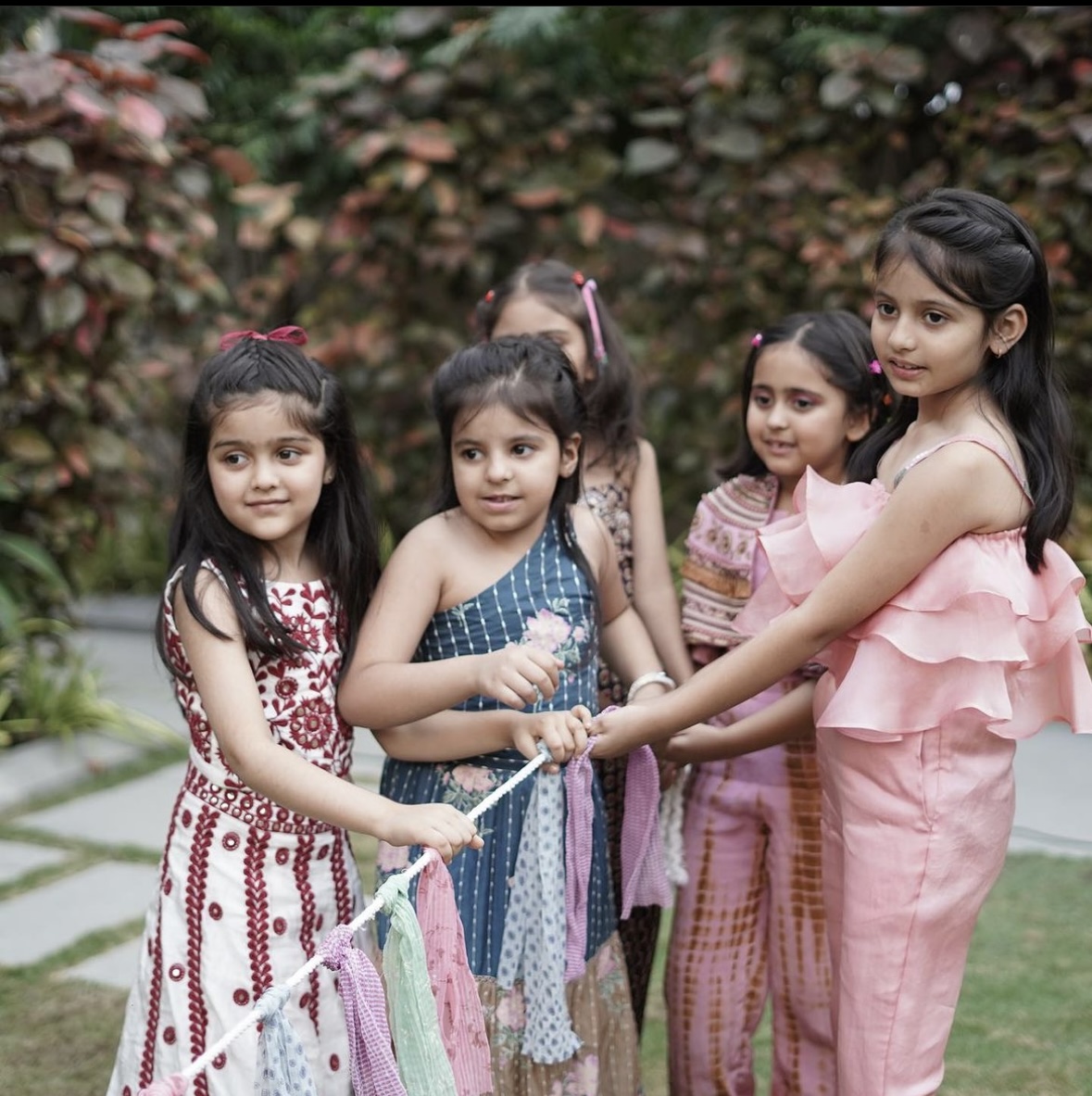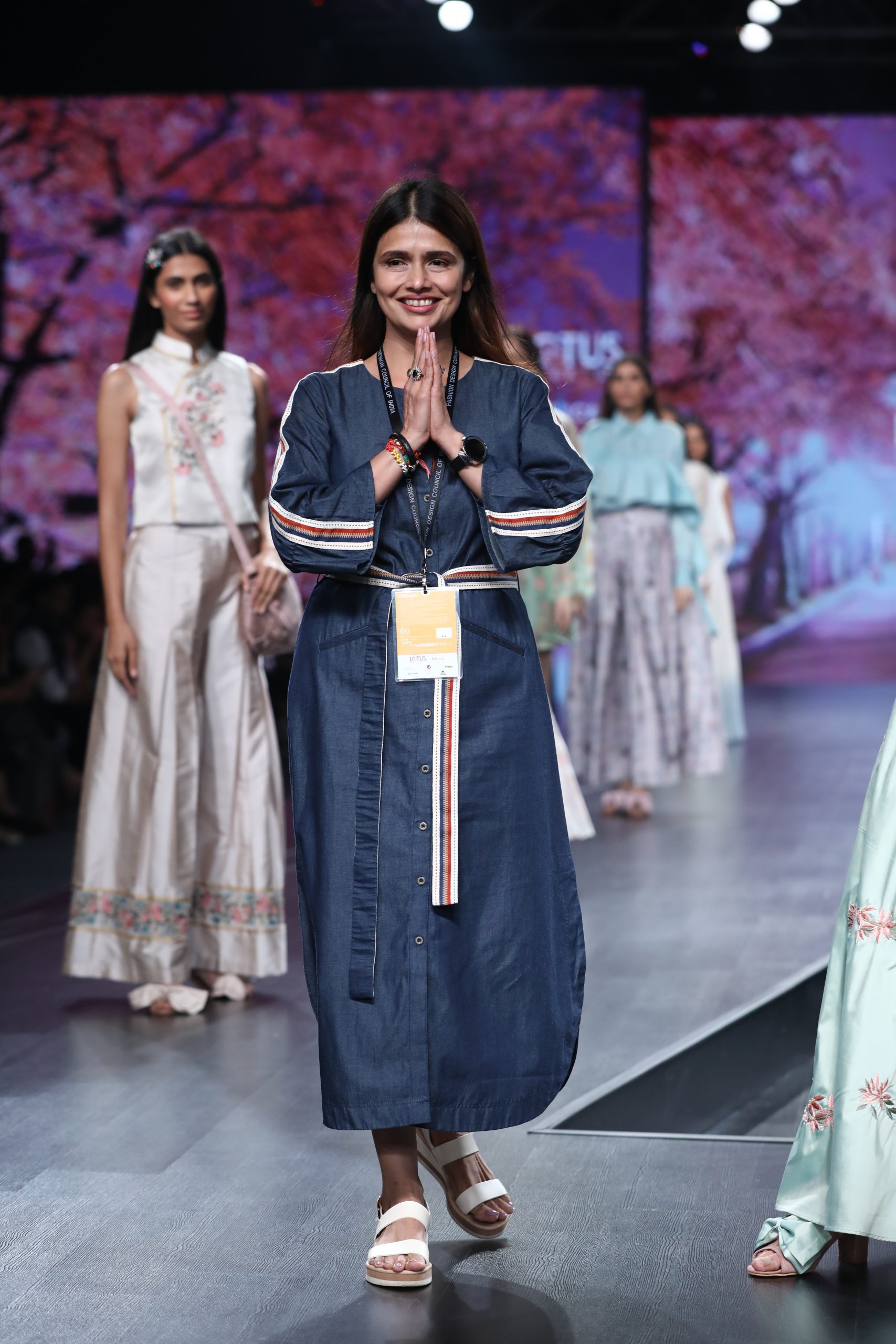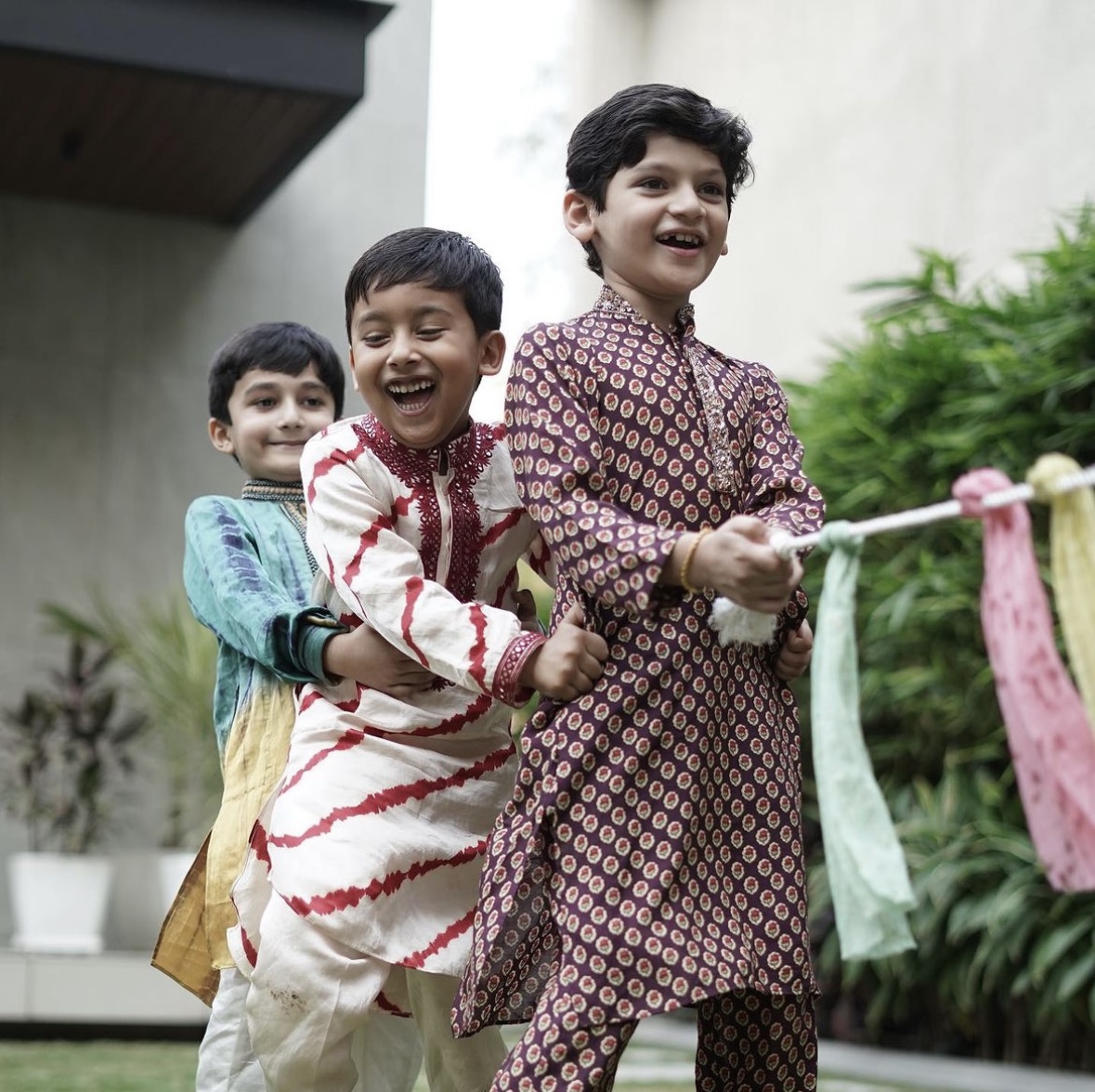
views
Embarking on a new journey and recognising the need for children’s wear, Shruti Sancheti opened doors to her newest sustainable fashion haven in the heart of Kala Ghoda, Mumbai.
The Queen of Sustainable Fashion, Shruti Sancheti, shares with News18 the inspiration behind foraying into children’s wear, what makes the Mumbai store special and why educating young minds about sustainability is quite a challenge.

Excerpts from the interview:
After successfully winning hearts with your womenswear and menswear, you are now foraying into children’s wear. What inspired you to make this decision?
As a mother of two kids, who are now grown up, I remember my struggles finding the right kind of children’s clothing for them. I wanted their clothes to look stylish, being a designer, but I also wanted them to be comfortable. So keeping those experiences and, in recent times, watching new mothers struggle to find appropriate festive wear and clothes in general for their children, I decided to venture into children’s wear while keeping the brand language intact.
You launched your new store in Mumbai, which also marked the beginning of your kids clothing journey. Tell us what makes this store special.
As a brand, we started our retail journey by stocking in multi-designer stores across the country and even worldwide. In 2018, we opened our first flagship store, and now we have a Mumbai store in Kala Ghoda. Celebrating this space is like honouring the essence of my brand, a fusion of art, culture, and sustainability. Kala Ghoda’s vibrant creativity is the perfect backdrop for our journey, and I’m thrilled to be a part of this melting pot of artistic expression.

With the introduction of kidswear, the store will try to fulfil the requirements of customers who want to match their clothes with their kids for various occasions. We have created a small corner in the Kala Ghoda store dedicated to kidswear. We also made up the space, which will appeal to the new-age kids. The store’s decor and visual merchandising were meticulously planned, incorporating organic and in-house fabrics while retaining the brand’s sustainable character, now in a more adorable form.
As an advocate of sustainability, your designs have always been an extension of your beliefs. Will the designs the kids wear be the same, or do you have some more surprises up your sleeve?
As a sustainable label, designing children’s wear was quite a challenge because we had to keep their requirements in mind, for instance, stylish yet fuss-free and comfortable, and blend it with the brand’s inherent belief in sustainability. We have tried to incorporate organic fabrics, block prints and fuss-free silhouettes that’s true to our brand aesthetics as well as an obvious choice preferred by parents.
What’s the age group you will be designing for, and what kind of research did you do to understand the market?
From newborn babies to teenagers, we have varied designs for everyone. As a seasonally fluid and timeless brand, we understand that a child tends to outgrow his or her clothes quickly. Hence, we have come up with solutions to increase the shelf life of the clothes. For instance, we have included extra margins, extra buttons and more.

How much has fashion in kidswear evolved?
Kidswear is not just about fashion. Today’s new-age kids are exposed to a lot in the digital space, and they have their own minds. So, keeping all this in mind, we design clothes that aesthetically appeal to them as well.
How would you explain sustainability to a child?
It is a challenge to educate young minds about sustainability, but we do it in our own way. For instance, we have block prints that the kids can print on napkins and accessories. We also have small pots where the kids visiting the store can plant seeds in them and place them near the store. Inquisitive minds ask more questions, so we try to answer them and also educate them. For instance, when it comes to fabrics, we talk to them about the importance of handwoven and Indian fabrics and how they are superior to man-made fabrics.

Do you feel parents have become conscious of the clothes they dress their kids in?
I feel responsible parents create responsible kids. Parents are now becoming more responsible post-pandemic and beginning to realise that they need to leave behind a safer world for their children. And the choices they make will reflect on their children. So, parents are embracing sustainability in their choices, and somewhere, the children are also learning it.
Back in the day, even my parents opted for organic fabrics because a child’s skin is very tender and soft. Everyone wants the best for their child. Yes, parents have become very conscious about the clothes they dress their kids in. But that’s not only in terms of appearance but also in terms of quality.














Comments
0 comment